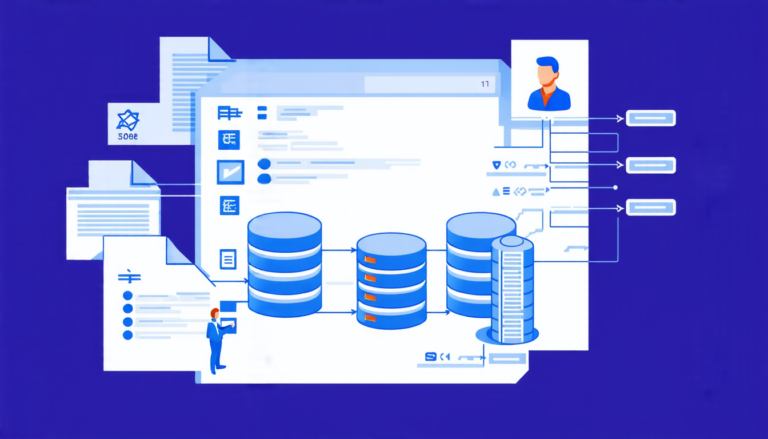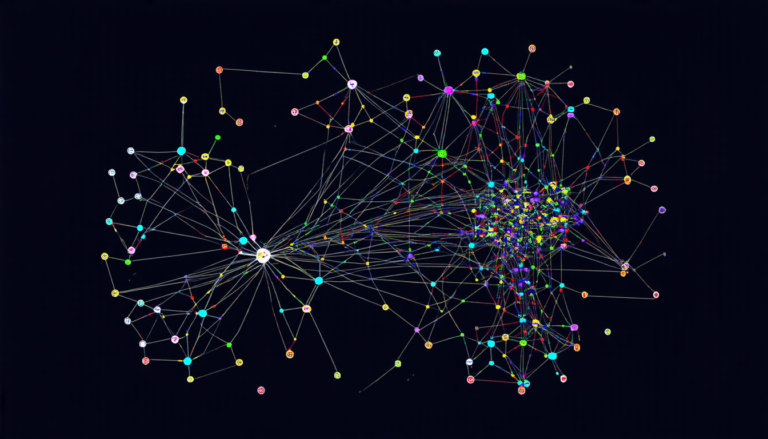Friday 05 September 2025
The quest for omniscient language models has long been a holy grail of artificial intelligence research. These machines, capable of processing vast amounts of data and generating human-like text, have the potential to revolutionize the way we communicate and interact with technology.
One major hurdle in achieving this goal has been the difficulty of training such models on multiple types of data simultaneously. Traditional approaches have relied on entangling model definition with parallel logic, resulting in limited scalability and substantial engineering overhead.
A team of researchers has now proposed a novel solution to overcome these challenges. Their framework, dubbed VeOmni, introduces model-centric distributed recipes that decouple communication from computation, enabling efficient 3D parallelism on omnimodal language models.
The key innovation lies in the way VeOmni handles the complex interactions between different modules within the model. By separating each component’s forward logic into its own pipeline, the framework allows for a more modular and flexible approach to training. This decoupling enables the use of different parallelization strategies, such as data parallelism, tensor parallelism, and expert parallelism, to optimize performance on specific hardware architectures.
The team has also developed a range of novel algorithms to manage the complex state transitions that occur during training. These include techniques for sharding data across multiple devices, handling activation checkpointing, and implementing sequence parallelism for long-context attention mechanisms.
One of the most impressive aspects of VeOmni is its ability to scale to massive model sizes without sacrificing performance. The team has demonstrated that a 30 billion parameter omnimodal mixture-of-experts model can be trained with over 2,800 tokens per second per GPU using 128 GPUs. This represents a significant leap forward in the field, and opens up new possibilities for real-world applications.
The potential implications of VeOmni are vast and varied. With the ability to train large omnimodal language models efficiently, we can expect to see major advances in areas such as natural language processing, machine translation, and text generation. The framework also has significant implications for the development of general-purpose AI agents, which could be trained on diverse modalities and tasks.
While VeOmni is still a developing technology, its potential to transform the field of artificial intelligence is undeniable. As researchers continue to refine and expand upon this work, we can expect to see exciting new applications emerge in the years to come.
Cite this article: “Unlocking Omniscient Language Models with VeOmni”, The Science Archive, 2025.
Artificial Intelligence, Language Models, Omniscient, Natural Language Processing, Machine Translation, Text Generation, Parallelism, Distributed Recipes, Model-Centric, Scalability







